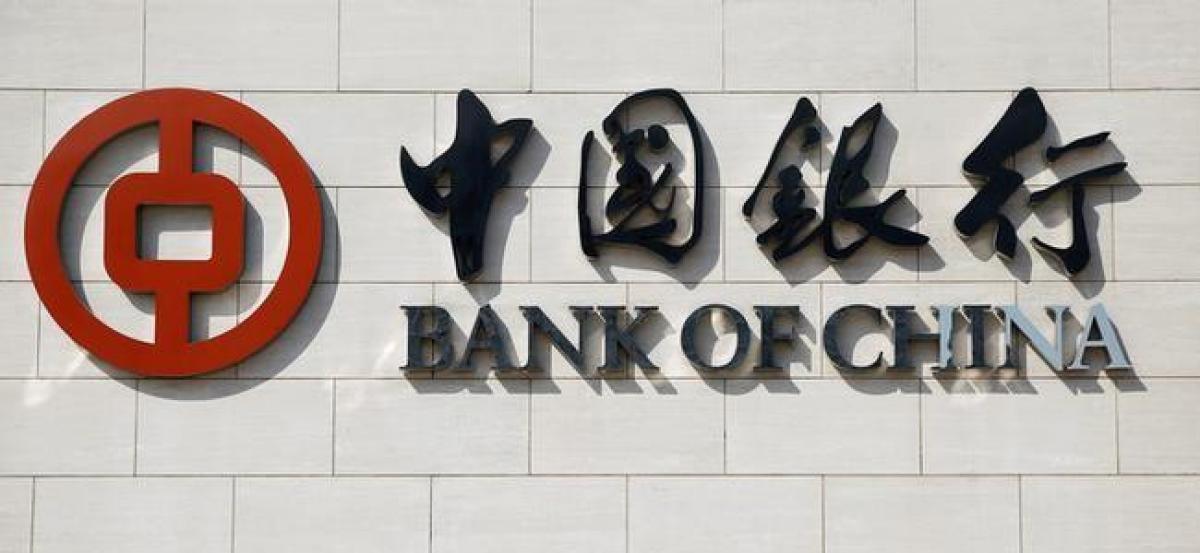Live
- Today’s welfare measures aim to empower: Nirmala Sitharaman
- Six scholars, including two women, win Infosys Prize 2024
- Gurukula zonal level sports meet concludes
- Vagdevi Jr College student selected for national basketball tourney
- Maoist area committee member arrested
- Collectorate staff protest attack on DC
- Villagers urge authorities to continue launch service even after construction of bridge
- MLA Padmavathi launches free lunch for readers
- Police high-handedness sparks outrage in Kodangal
- Khichi elected mayor of Delhi
Just In

A move by China\'s central bank to provide temporary liquidity support marks the creation of a new policy tool designed to ease seasonal cash
A move by China's central bank to provide temporary liquidity support marks the creation of a new policy tool designed to ease seasonal cash shortages, while sending the signal that monetary policy remains stable and neutral, the Financial News said in a front-page commentary on Monday.
The use of the "Temporary Liquidity Facility (TLF)", announced by the central bank last Friday, is expected to inject several hundred billion yuan into the banking system, according to the publication, which is affiliated with the People's Bank of China (PBOC).
The PBOC made the funds available to the country's five biggest banks after short-term funding costs spiked to near 10-year highs heading into the long Lunar New Year holiday starting on Jan. 27, sparking fears of a cash squeeze.
The central bank has avoided cutting banks' required reserve ratios (RRRs) too frequently, because the move would inject a large amount of liquidity into banking system, pushing down yields, fuelling expectations of monetary policy loosening, and increasing depreciation pressure on the yuan, the newspaper said.
TLF is a another gadget in the central bank's expanding toolkit and will continue to play an important role in the future, according to the article.
On Friday, the central bank said it would provide temporary liquidity support for several major commercial banks for 28 days, with funding cost under TLF about the same as the open market operations rate over the same period. [B9N1EZ02H]
The move came after the PBOC had injected a record weekly amount of funds.
"This action is new and unusual, and perhaps ad hoc," economists at ANZ said in a note on Friday afternoon.
"Given a stable GDP and rising inflationary momentum, we do not see a macroeconomic reason for a broad-based monetary policy easing which would have sent the wrong policy signal to the economy....They may also launch other tools if certain segments of the economy require their support in the future."
China's economy grew a faster-than-expected 6.8 percent in the fourth quarter, boosted by higher government spending and record bank lending.

© 2024 Hyderabad Media House Limited/The Hans India. All rights reserved. Powered by hocalwire.com







